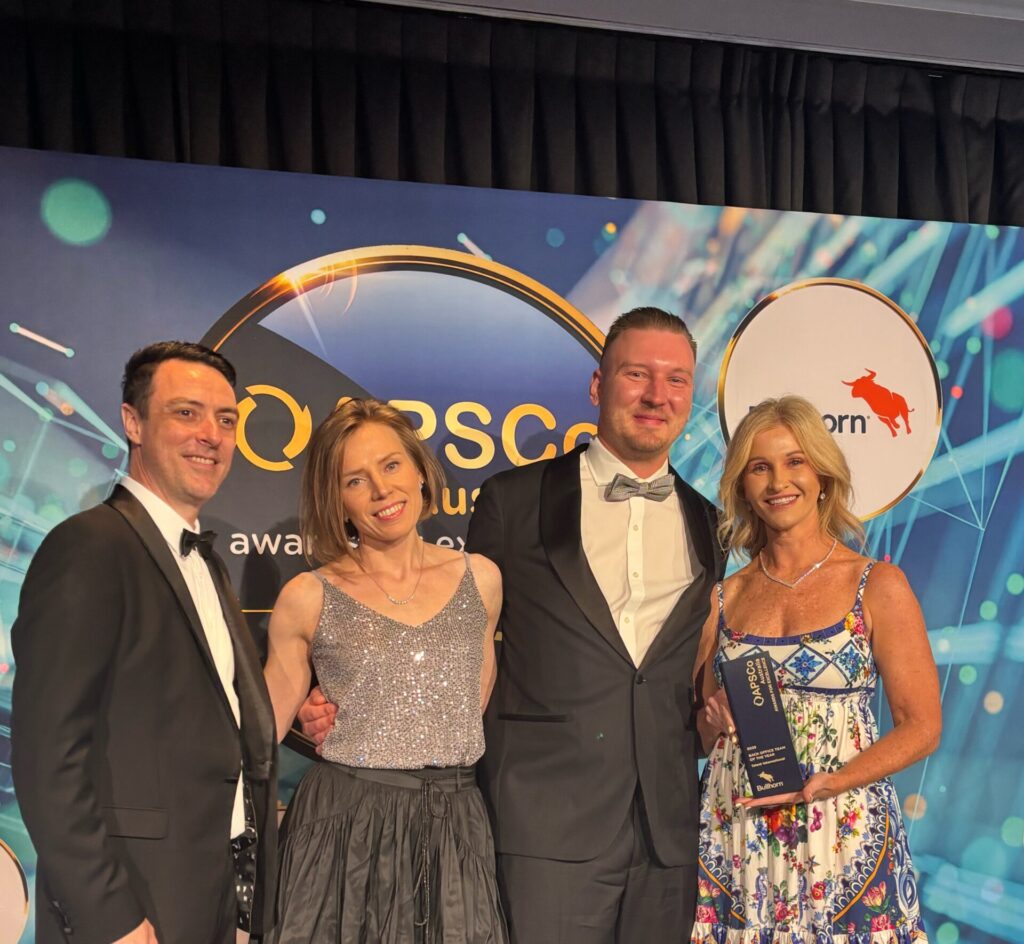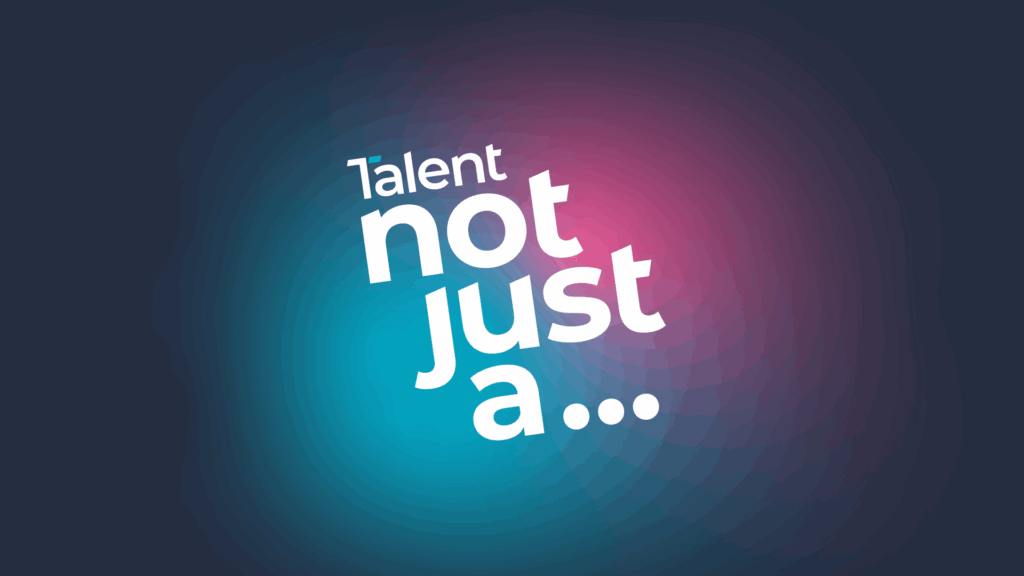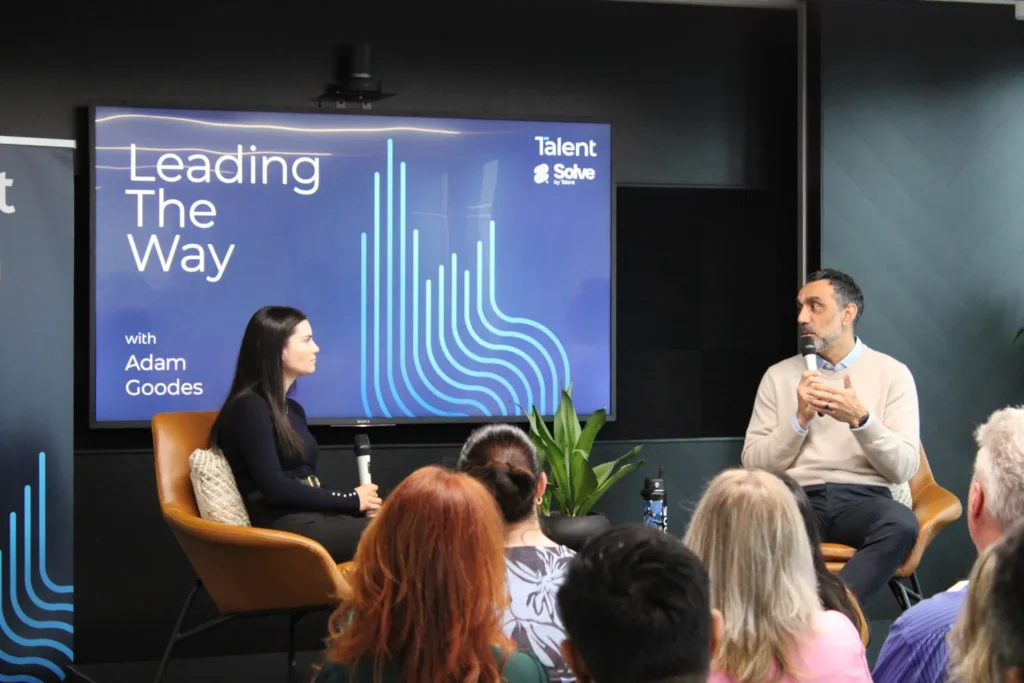Mark Tanner never imagined himself following in his father’s footsteps as an architect. While sketchpads and building sites were a backdrop to his childhood, he was already looking elsewhere, and what drew him wasn’t design but the idea of running something of his own.
That instinct carried him through an unlikely arts degree, into the chaos of an e-book startup just as the Kindle and iPhone were launched, and then onto the global stage at Google. Along the way, he discovered the thrill of new markets, the frustration of corporate politics, and eventually, the pull of home.
Today, as co-founder and CEO of Qwilr, Mark is running a business that spans thousands of customers worldwide. But as we sat down with him for our latest podcast episode, it became clear his story isn’t just about building a company. It’s about the boundaries he’s learned to draw as a father, the books that fuel his curiosity, and the policy debates that unexpectedly keep him up at night.
Escaping the family blueprint
Mark grew up surrounded by architecture, but it wasn’t a career path he ever saw for himself.
“My dad was an architect with a relatively big firm, and from a young age I knew I definitely didn’t want to be one,” he says. “I had absolutely no interest in that path. But something did draw me towards running a business. That was always in my brain.”
Instead of law or medicine, he drifted into an arts degree, a decision he describes as “a complete tangent” but one that left room for curiosity. An internship at a consulting firm gave him corporate exposure, but it was a lucky break into a small e-book startup in 2007 that changed everything.
Books as portals to other worlds
Away from business, Mark’s passions are grounded in ideas. He reads voraciously, usually reaching for history or science fiction.
“Right now I’m reading Robert Caro’s epic biography of Lyndon B. Johnson. Once you’ve read those, every other biography feels pale in comparison. And alongside that, I love sci-fi that imagines what life might be like 2,000 years in the future.”
Books, for Mark, are both a switch-off and a way to think differently. “I really love history and biography, but also people who do a great job of imagining the future. It’s such a great way to switch off from work.”
An obsession with housing
Perhaps unexpectedly for a tech CEO, Mark is deeply engaged with Australia’s housing crisis.
“I’ve become totally obsessed with it—the economics, the policy, all of it,” he says. “Sydney is an amazing city. On almost every vector, it’s wonderful, except for how insanely expensive housing is. If we could fix that, life here would be even better.”
He follows public policy closely, attending talks and debates on zoning and supply reform. For him, it’s not just abstract economics.
“Many of my employees are in their late 20s to 30s, earning really good salaries, but still struggling to buy a house. It matters. And while no one intended for housing to become so unaffordable, that’s what’s happened. I genuinely believe it’s fixable, but only if people fight for it.”
Hidden talents
Not everyone would guess that Mark is a natural public speaker. For him, it feels second nature, though he recognises it’s rare.
“I did debating and some acting at school, and early in my career I just put my hand up for conferences. More people should say yes to those opportunities. The audience is rooting for you, and the bar isn’t as high as people think.”
It’s a skill he continues to lean on as a founder. “One of the greatest gifts a leader can give is clarity; helping everyone know where we’re going and why. Communication is central to that.”
Not just a Founder
For all his achievements in tech, at home, Mark is a dad first—doing school pick-ups, cooking pesto pasta for the kids, and becoming, in his words, a “pancake king.”
When asked what he’d like to be known for outside of tech, he aims high: “Miracle solver of the housing crisis would be an unbelievable thing to be known for,” he says.
It’s a tongue-in-cheek answer, but it reflects something deeper: a drive to contribute beyond the walls of Qwilr. Whether it’s public policy, people, or products, Mark is motivated by the idea of making thing work better for the broader community.
And that outlook spills into how he approaches his company too. As a leader, it shows up in his clarity and drive, and as a person, it’s in the values he brings home. Mark is not just a founder, but also a father, a reader, a citizen, and a believer in building things that last, both inside and outside the startup world.
Want to hear more of Mark’s story? Watch the full podcast episode on our YouTube channel.












